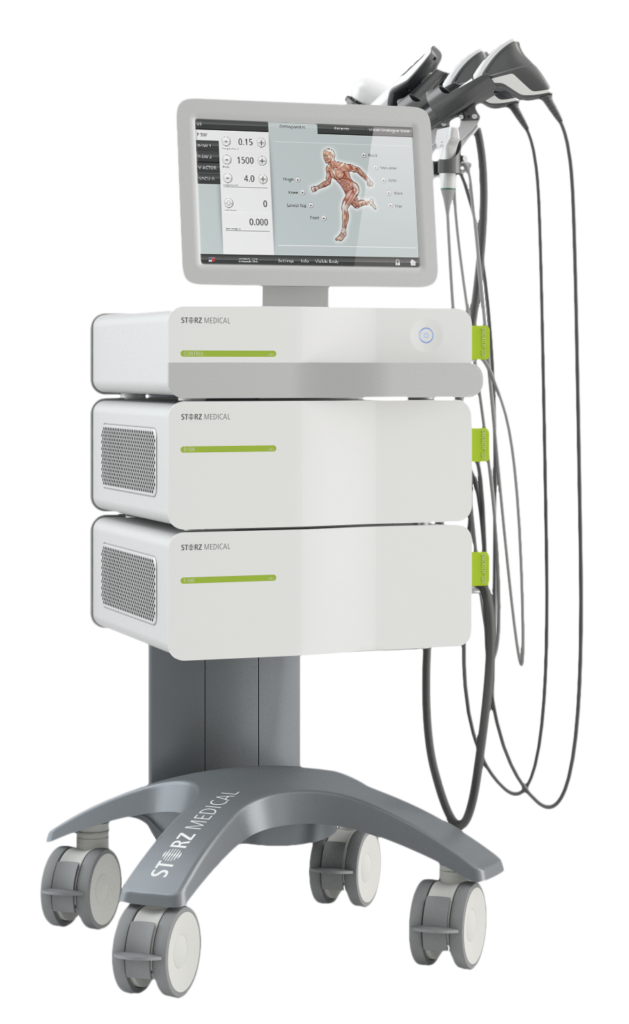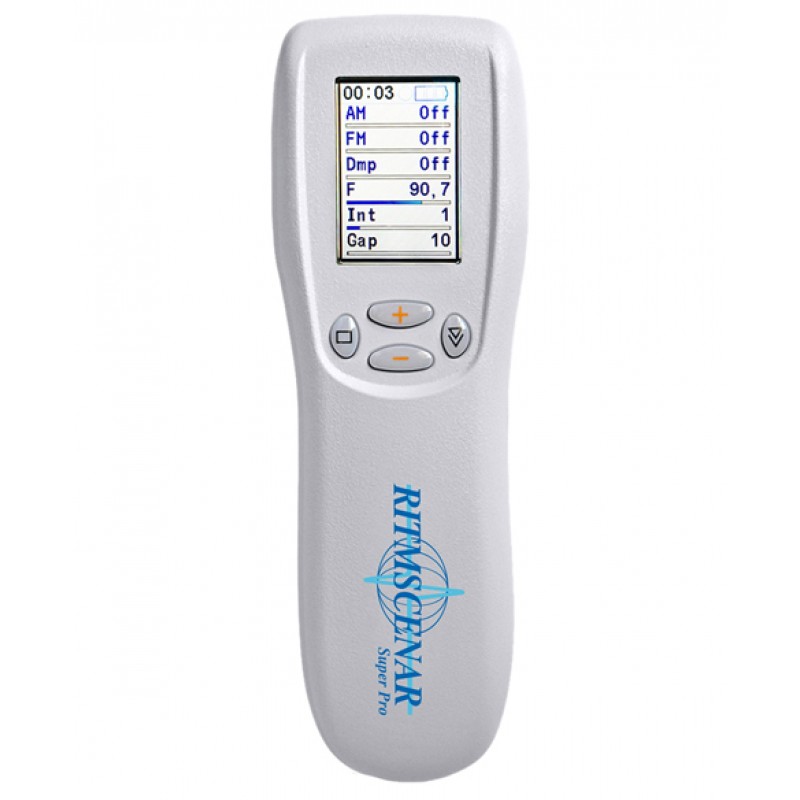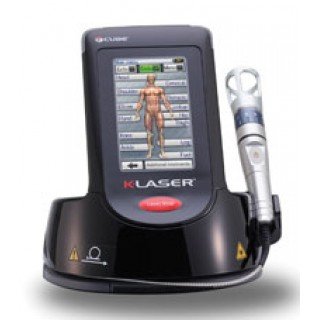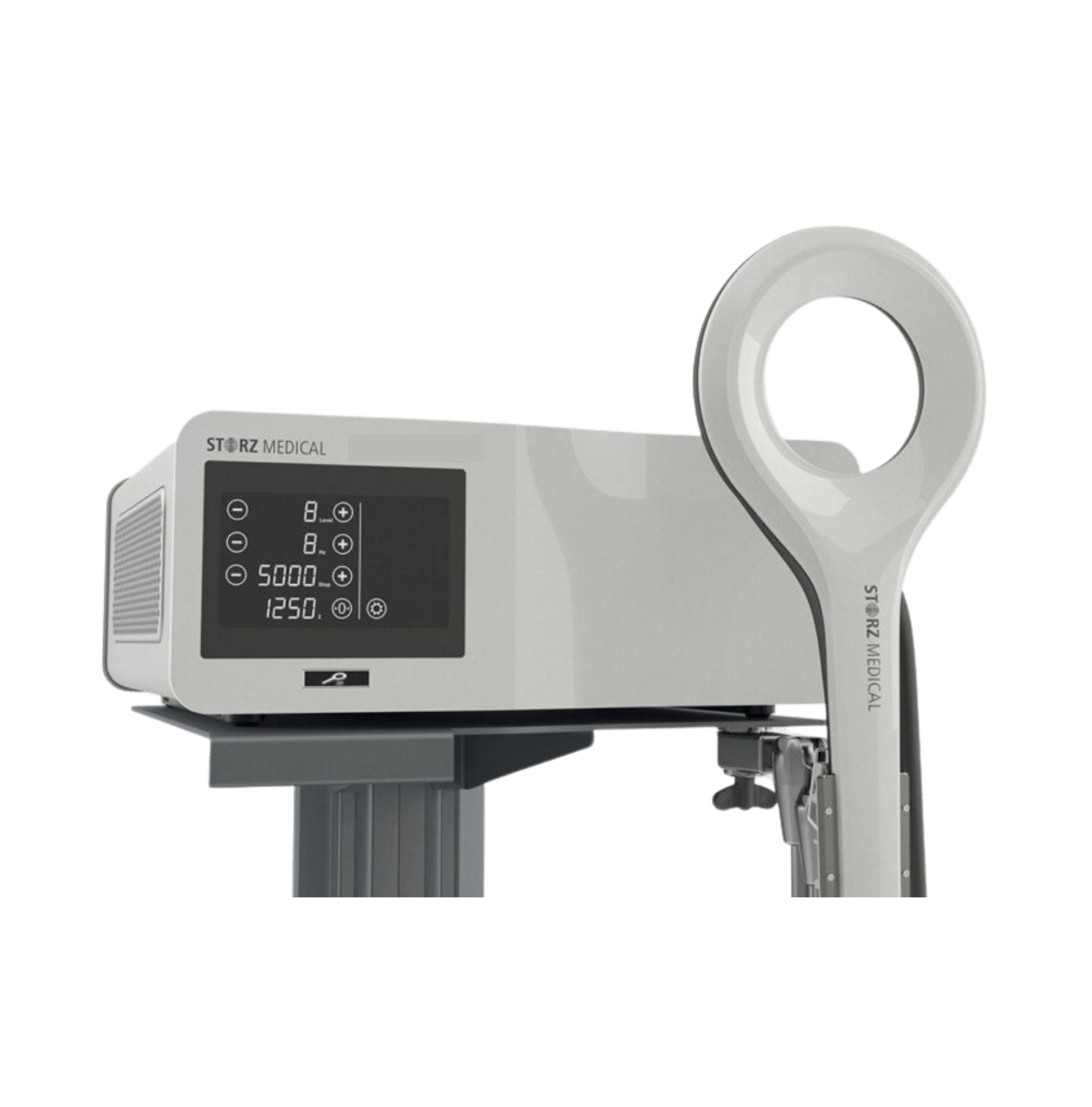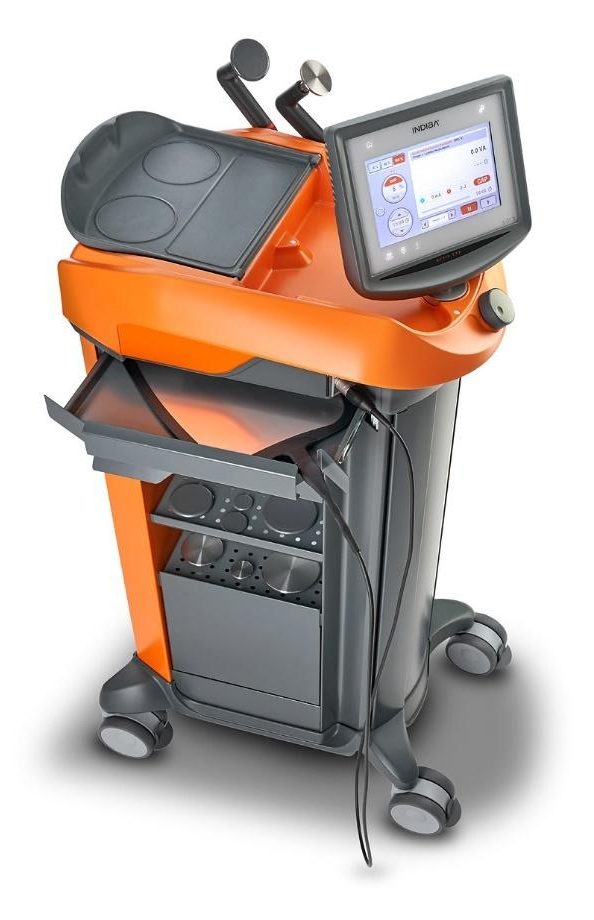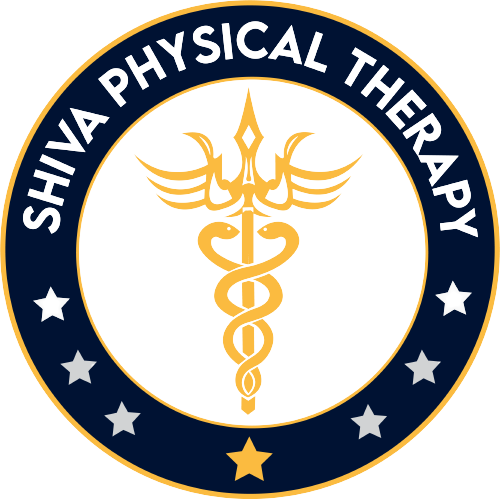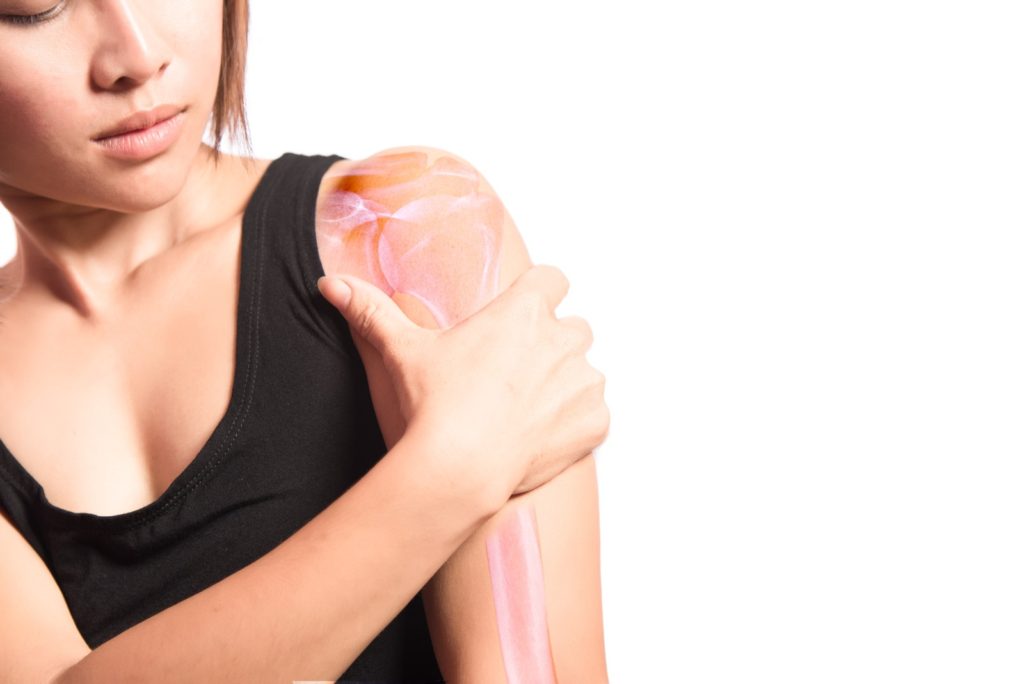Frozen shoulder, also known as Adhesive capsulitis, is a common disease that causes significant morbidity. The prevalence of Frozen shoulder is estimated to be about 3%-5% in the general population and up to 20% in those with diabetes. It affects women more than men, and if you had it on one shoulder, you are chances of getting it on the other shoulder are 20%-30% more. The usual age groups that get affected are between the age of 40-60, and the incidence is rare outside these age groups.
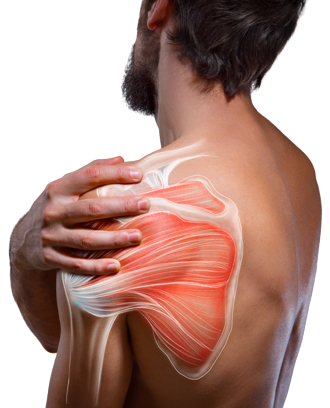
What causes Frozen shoulder:
Patients with Frozen shoulder suffer from progressive loss of glenohumeral (shoulder joint) range of motion coupled with pain that worsens at night due to fibroproliferative tissue fibrosis of the shoulder capsule. Frozen shoulder manifests clinically as shoulder pain with progressive shoulder movement restriction, both active and passive, and mostly with normal Radiographic findings. It classically progresses through three overlapping stages, the freezing (Painful), Frozen (Adhesive), and thawing or recovery phase. Each stage may last for a couple of months.
Even today, an accurate, evidence-based treatment model for frozen shoulder management has not been defined, with a wide variety of conservative, operative, and non-operative treatment options available. Currently, there are various evidence-based treatment options for frozen shoulder like Physical therapy, Acupuncture, both oral and Intra articular steroid, hydrodilatation, manipulation under anesthesia, and arthroscopic capsular release are few to list.
Treatment Options:
“In my two decades of experience treating Frozen shoulder patients, I firmly believe the treatment process shouldn’t be painful. With advancements in technology within the medical field and an array of treatment options available, achieving a pain-free approach is feasible.
Over the years, I’ve witnessed the evolution of treatment methods tailored to expedite the healing process for Frozen shoulder patients. It’s become clear that a one-size-fits-all approach doesn’t suffice. Each patient presents a unique case, necessitating a customized treatment protocol.
For instance, when dealing with diabetic patients, INDIBA might not be my primary treatment choice due to their specific needs. Instead, I opt for Class IV laser therapy, complemented by other modalities, to ensure optimal outcomes.
By incorporating the latest technologies and continually refining our treatment techniques, we’ve made significant strides in enhancing patient care and expediting recovery. It’s imperative to adapt treatment approaches to suit individual patient needs, ultimately fostering a more effective and comfortable treatment experience.”
The best treatment for a Frozen shoulder depends on what stage you are in when you start your Physical therapy treatment. It relies on the therapist’s knowledge to know what to do, how to do it, and when to do it to help you recover from a Frozen shoulder faster. With traditional physical therapy treatment, one may go through the worst pain and suffering during treatment as it focuses significantly on manual therapy, electrotherapy, and exercises. In clinical practice, I have seen the following treatments work more efficiently with my patients to help relieve nighttime pain, Increase Range of motion, and decrease pain during movements. The goal of the frozen shoulder treatment should focus on reducing the pain due to fibroproliferative tissue. Frozen shoulder can be treated using quick and pain-free treatment options. The following treatment modalities will help you recover from a Frozen shoulder with less pain and suffering if the best treatment option is chosen at the right time. The combination of the following treatment can be beneficial to achieving the goal with a Frozen shoulder.
The INDIBA is a radio frequency treatment at 448khz. It generates a safe, pain-free electromagnetic wave that introduces energy to the body. This causes bio-stimulation and a thermal effect that will help reduce pain and improve tissue flexibility. INDIBA significantly increases deep blood flow to deliver a considerable amount of nutrients and oxygen and deliver the energy needed to stimulate repair in the dysfunctional tissues stuck in a non-healing state during the progression of the Frozen shoulder. INDIBA, when combined with manual therapy and other therapeutic techniques, along with the clinical knowledge of the therapist, helps create unparalleled results to decrease pain, improve mobility and improve tissue flexibility.
The next best treatment option is a Class IV laser therapy, also known as High Power Laser Therapy (HPLT). It offers a painless, non-surgical, and side-effect-free treatment for Frozen shoulder. It heals the tissue faster by strengthening the tissue repair, improves blood flow and lymphatic drainage, and improves immune response through photobiostimulation and bio-stimulation. At the cellular level, high-power laser photons activate a biochemical cascade of events, leading to increased DNA/RNA, protein, and collagen synthesis, increasing nitric oxide production and energy in cytochrome C-complex in mitochondria cAMP levels, and cellular proliferation. This process enhances the body’s natural regenerative functions and stimulates the release of endorphins and collagen. It may eventually even normalize the tissue. photobiostimulation stimulates all cell types, including soft tissue, ligaments, cartilage, and nerves. Multiple studies over 30 years worldwide have shown the powerful therapeutic benefits of high-power laser therapy in treating Frozen shoulder and decreasing pain.
Another best treatment option for Frozen shoulder will be Extracorporeal shockwave therapy. This noninvasive and safe technique can speed healing and help recover from a frozen shoulder quickly. In the frozen shoulder, increased stiffness and expressions of inflammatory cytokines can induce fibrosis. Lysis of the subacromial adhesions and rotator interval using Extracorporeal shockwave therapy will improve the Range of motion and functional outcome of the stiff and painful shoulders. This treatment is more effective in frozen shoulder adhesive and recovery phases.
Introducing Extracorporeal Magnetotransduction Therapy (EMTT) has changed how we treat frozen shoulder. EMTT utilizes electromagnetic therapy to revolutionize the healing process, providing a comprehensive and efficient approach to alleviating Frozen shoulder pain.
During an EMTT session, precise electromagnetic pulses are directed toward the affected areas, penetrating deep into the tissues to initiate a cascade of healing responses. These pulses operate within a therapeutically effective range, stimulating cellular activities such as proliferation and differentiation. By targeting fundamental cellular processes, EMTT not only accelerates tissue regeneration but also modulates inflammatory responses, contributing to overall homeostasis restoration.
This innovative therapy represents a significant advancement in Frozen shoulder treatment. Its ability to influence cellular dynamics and promote tissue healing has led to its adoption as a key component in treatment protocols. While still relatively rare, clinics offering EMTT have witnessed remarkable improvements in patient outcomes, underscoring its transformative potential in managing Frozen shoulders.
SCENAR therapy has emerged as a promising modality for addressing the debilitating pain associated with Frozen Shoulder Syndrome. Through its innovative approach, SCENAR therapy employs biofeedback mechanisms to stimulate the body’s natural healing processes, thereby swiftly reducing or entirely alleviating the agony of Frozen Shoulder Syndrome. By targeting specific acupoints and nerve pathways, SCENAR therapy promotes circulation, reduces inflammation, and prompts the release of endorphins, providing patients with significant relief from pain and improved range of motion. Its non-invasive nature and remarkable efficacy make SCENAR therapy a preferred choice for individuals seeking expedited recovery and restored functionality in the face of Frozen Shoulder Syndrome.
Along with the above-reviewed modalities, multiple other modalities can help with treating Frozen shoulder like STIMPOD 460, Alpha stim, Instrument assisted soft tissue mobilization, muscle energy techniques, Manual therapy (Angular Joint Mobilization , Mulligan, Kaltenborn, Maitland, and Spencer techniques), Myofascial relies, soft tissue massage, Range of motion exercises, shoulder pully exercises, resistive exercises, Neuromuscular facilitation exercises, Constrain induced movement therapy , and other conservative treatment are available to help with Frozen shoulder as I said earlier the knowledge of the therapist knowing what to do, how to do, and when to do it to help you recover from a Frozen shoulder faster is important.
Talk to your therapist or the Doctor about the above-listed treatment options and see what treatment option will fit your treatment plan to get the help you need to recover faster from your Frozen shoulder without injections and surgery.
Dr.Siva Parnam, DPT, Osteopractor
References
- Vahdatpour B, Taheri P, Zade AZ, Moradian S. Efficacy of extracorporeal shockwave therapy in frozen shoulder. Int J Prev Med. 2014 Jul;5(7):875-81. PMID: 25104999; PMCID: PMC4124565.
- Kim SH, Kim YH, Lee HR, Choi YE. Short-term effects of high-intensity laser therapy on the frozen shoulder: A prospective randomized control study. Man Ther. 2015 Dec;20(6):751-7. doi: 10.1016/j.math.2015.02.009. Epub 2015 Mar 2. PMID: 25770420.
- Chen CY, Hu CC, Weng PW, Huang YM, Chiang CJ, Chen CH, Tsuang YH, Yang RS, Sun JS, Cheng CK. Extracorporeal shockwave therapy improves short-term functional outcomes of shoulder adhesive capsulitis. J Shoulder Elbow Surg. 2014 Dec;23(12):1843-1851. doi: 10.1016/j.jse.2014.08.010. PMID: 25441567.
- Page P, Labbe A. Adhesive capsulitis: use the evidence to integrate your interventions. N Am J Sports Phys Ther. 2010 Dec;5(4):266-73. PMID: 21655385; PMCID: PMC3096148.
- Clewley D, Flynn TW, Koppenhaver S. Trigger point dry needling as an adjunct treatment for a patient with adhesive capsulitis of the shoulder. J Orthop Sports Phys Ther. 2014 Feb;44(2):92-101. doi: 10.2519/jospt.2014.4915. Epub 2013 Nov 21. PMID: 24261931.
